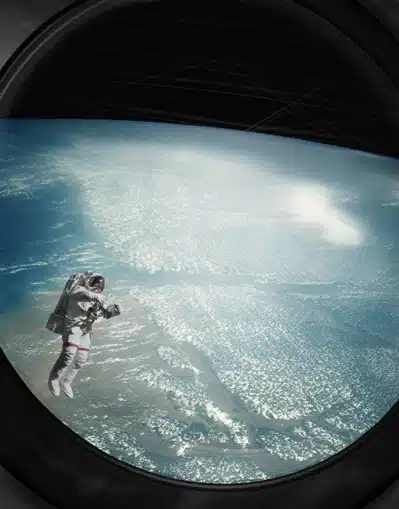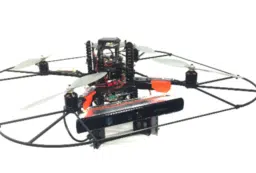Chris Wright has discovered enough water to fill our planet’s oceans a million times.
Unfortunately the water is in a stellar nursery in the Orion constellation about 1500 light years away.
Wright, an astronomer at the Australian Defence Force Academy in Canberra, has used an orbital telescope to explore regions of the universe/galaxy where stars are born.
“The European Infrared Space Observatory can see through dust and gas clouds to enable us to explore the rich chemistry and physics taking place in star formation regions,” said Wright, presenting his results at ScienceNOW! the National Science Forum in Melbourne today.
“We were looking at an area close to the Orion Nebula, visible to the naked eye as a fuzzy patch close to the hunter’s sword, in the well known Orion constellation. This is a region rich in young stars.”
“The Sun, at 5 billion years old, is middle aged. Most of the stars in the Orion Nebula are only 2 million years old, new-born babies in human terms.”
We discovered a supersonic outflow of matter travelling at 65,000 kilometres per hour from a group of young stars. As this matter hits the surrounding medium/gas/clouds it promotes chemical reactions making many molecules we see on earth.”
Wright and his colleagues have found many molecules which are common on earth including water, carbon monoxide, carbon dioxide, methane, sulfur dioxide and acetylene. These molecules are thought to be precursors for life.
They also found hydrogen deuteride which is important because it casts light on conditions during the Big Bang when our Universe was formed. Their measurements suggest that the Universe will continue to expand and not eventually collapse, as some astronomers believe.





 Fresh Science is on hold for 2022. We will be back in 2023.
Fresh Science is on hold for 2022. We will be back in 2023.